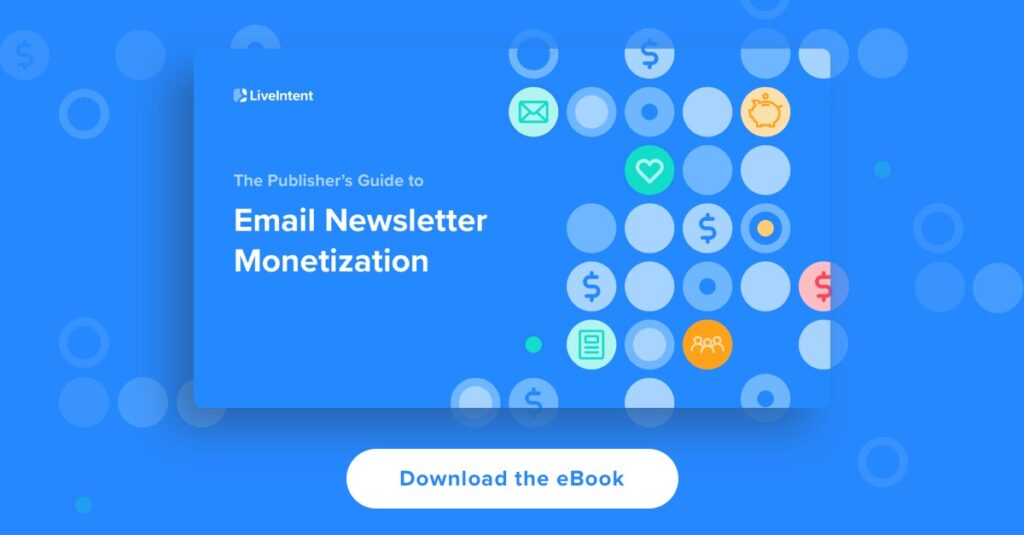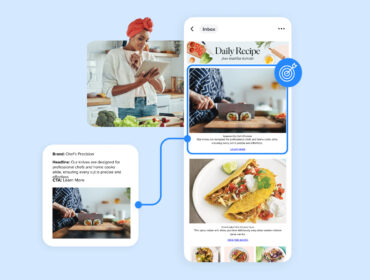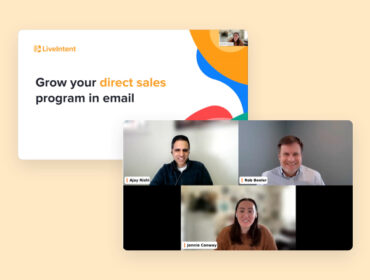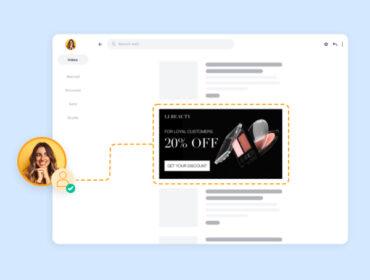Boost your email monetization strategy with these yield optimization best practices
Over 4 billion people – more than half the global population – use email to get customized messaging delivered directly to their inboxes, where they spend hours each day. And that’s great news for publishers. In the inbox, there’s no competition with ever-scrolling social feeds or search results. Once someone clicks your email, it’s just you, your reader, and your content.
Still, you need to know how to offer up that prime advertising real estate to brand partners and optimize your yield to increase your revenue. So, you have to nail the specifics – like newsletter formatting, Gmail clipping, price floors, and ad sizes.
With these yield optimization best practices, your email monetization strategy will be a success.
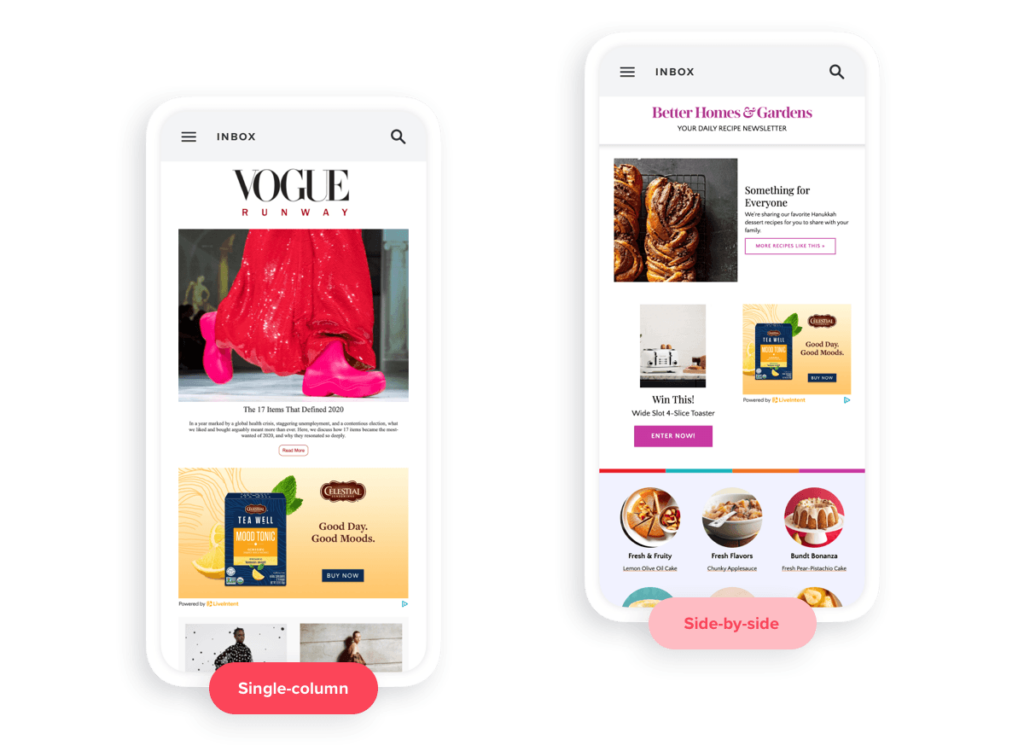
The right newsletter template can make or break your email monetization strategy and your yield optimization efforts.
While two-column formats (like side-by-side blocks of content) are common, they’re also visually complex and can make it tough to fit ads seamlessly into your newsletters.
It’s better to opt for a single-column layout, so you can easily map out where you want your ads to go and make sure sponsored content is properly balanced with organic content.

Incorporate multiple ad sizes & formats
Speaking of single-column templates, they’re also ideal for supporting multiple ad sizes and formats. And the more variety in the ads you offer to advertisers, the more likely you are to increase bid density and optimize yield.
For example, you might offer standard IAB sizes, high-impact sizes like 970×550, and custom sizes according to your content formats and advertiser demand. You can also offer native ads along with standard display, and take advantage of the higher engagement and performance with this ad format.
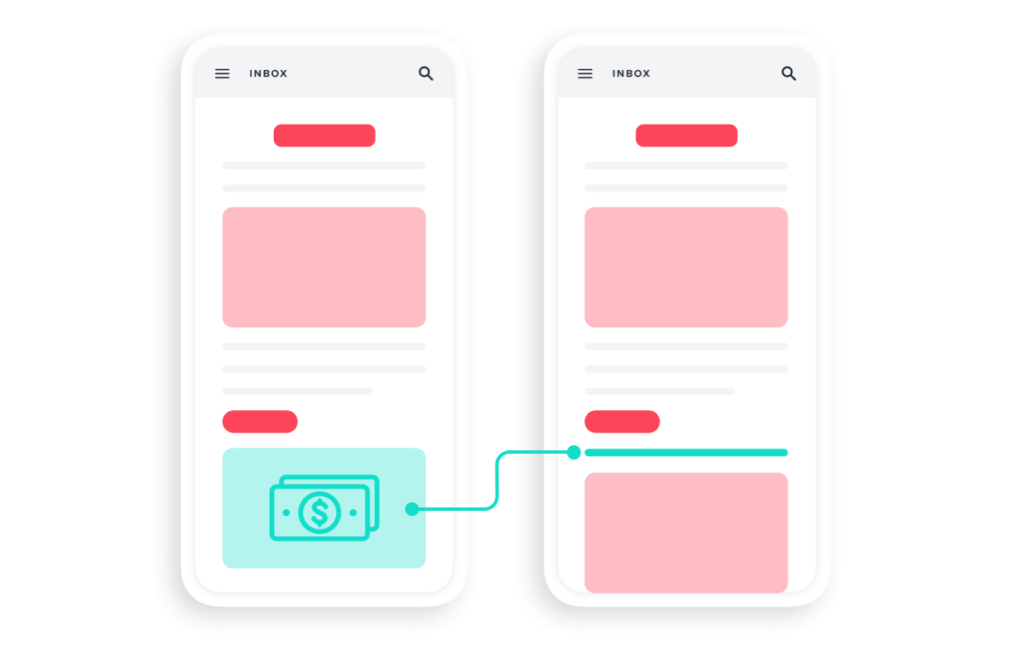
Offer collapsible ad slots
If demand is low during a particular time and there are no ads to fill one of your slots, you don’t want a big empty space left in the middle of your email. Or, perhaps even worse, you don’t want to have to recode your whole newsletter at the last minute.
Enter: collapsible ad slots. They’re programmed to automatically collapse in a single-column email format if there’s no ad to display. You can rest easy knowing it won’t throw off your email layout or interrupt the reader experience.
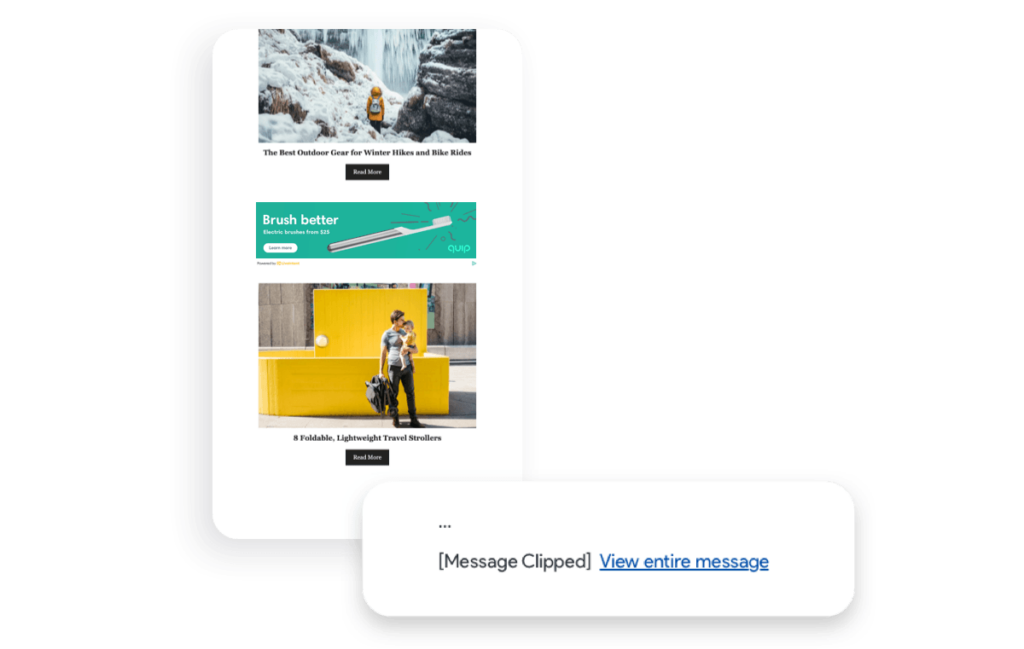
Account for Gmail clipping
Gmail is responsible for 30% of all email market share, so if you launch email newsletters, a good portion of your readers will likely view them on this platform. Be sure, then, that your emails are easily digestible on Google’s email service.
The most important thing to know is that Gmail limits newsletters to 102KB and clips emails bigger than that. So, ads running at the bottom of your newsletter that are past max capacity won’t be visible, and you’ll lose revenue.
Long story short: Keep those emails under 102KB. If any run longer, segment them into smaller emails and release them separately.
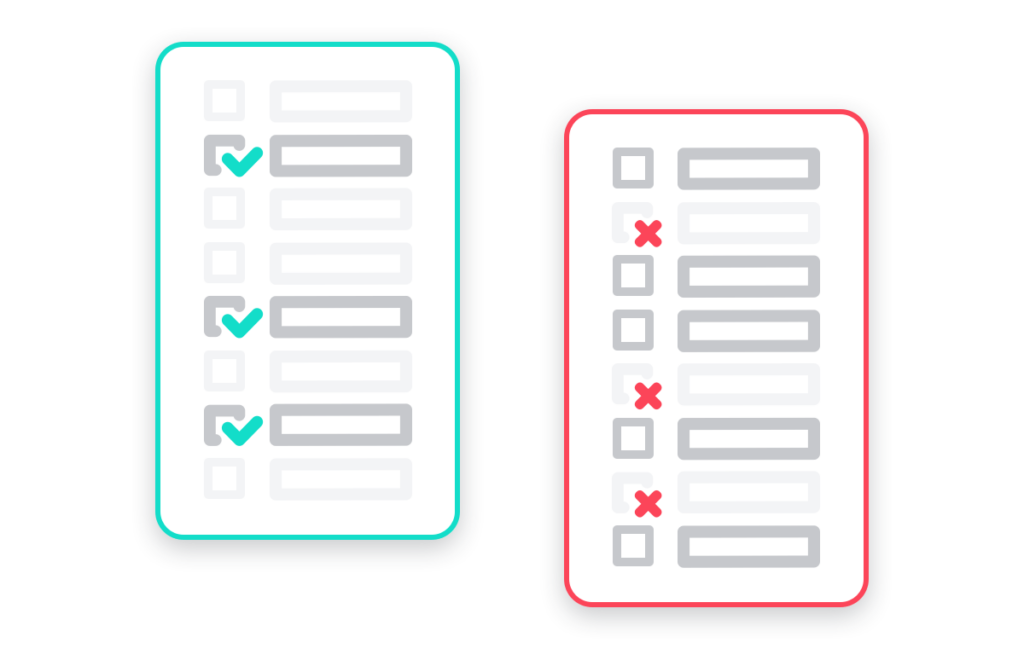
Utilize blocking tools
If brand safety is top of mind for you these days, you’re not alone. Now more than ever publications are wary about where and when they run ads to protect the premium newsletter experience for their readers.
The good news is that you can have control over this. Just set up block and allow lists to filter ad content served in your emails. These lists of approved and denied domains and categories can help keep your content safe and relevant for your audiences. LiveIntent also offers standard IAB category blocking and Sensitive Category Blocking to stop ads from appearing in your inventory that are not in-line with your brand.
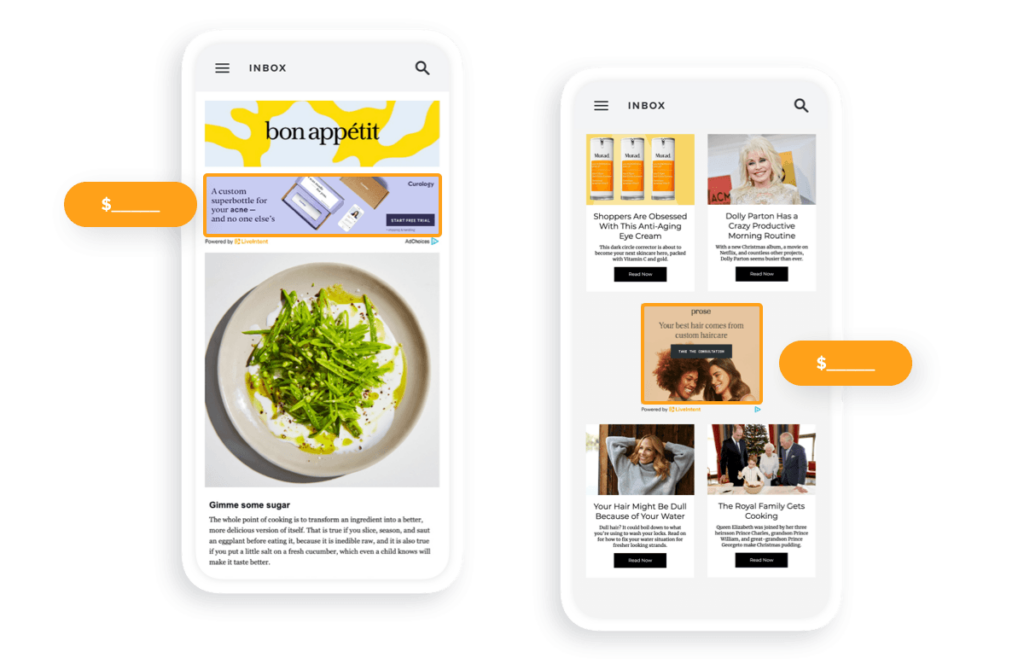
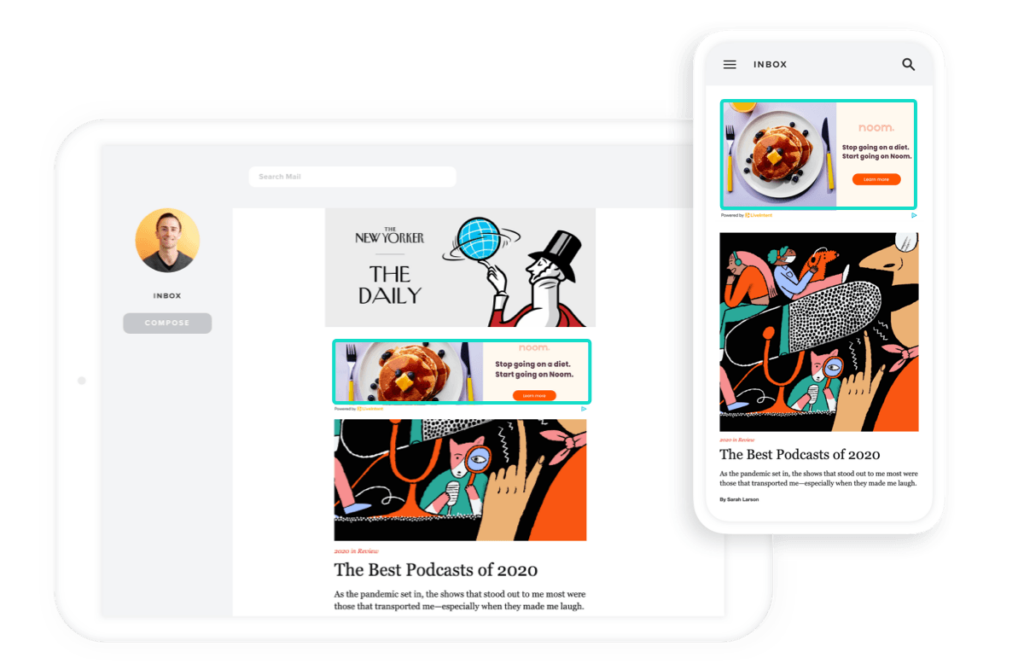
Make the most of the above-the-fold real estate
Yield optimization best practices indicate that placing ads placed at the top of newsletters can drive the best results. Historically these ads drive more clicks and revenue for publishers. Since they’re the first ones people see, they’re more valuable to bid on.
It’s simple. Make sure that above-the-fold real estate is full of high-quality content, including ads, so it catches the eye and generates impressions – before readers even scroll down or start clicking.
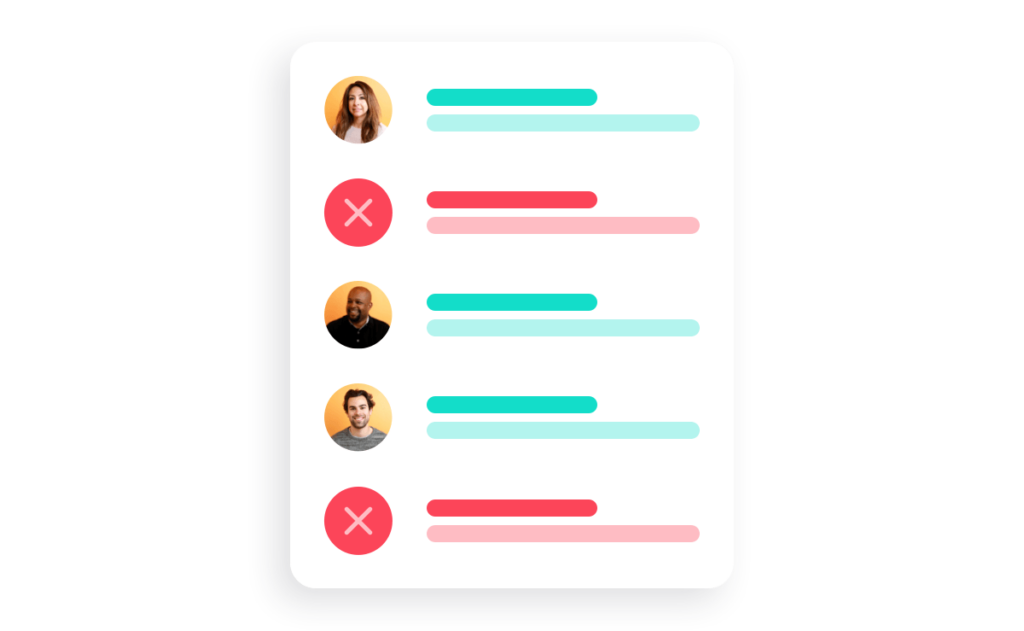
Clean your subscriber lists
If you run an email newsletter, you’re sitting on a wealth of valuable first-party data that you can use to optimize targeting, grow your audience, and learn about your readers.
Keep that data clean and accurate by regularly flushing your subscriber lists of bots, dummy-email accounts, and inactive users. This way, you know you’re offering only the highest-quality audiences to advertisers. If you have a large dormant list, utilizing Email Reactivation can help win back your lapsed customers and reactivate those that are most likely to re-engage with your brand. And that’s the best way to set yourself up for success with email monetization.
Want a deeper dive into yield optimization best practices? Curious to learn more about email monetization?
Download our ebook to explore key strategies and tactics to apply to your business and unlock revenue.
